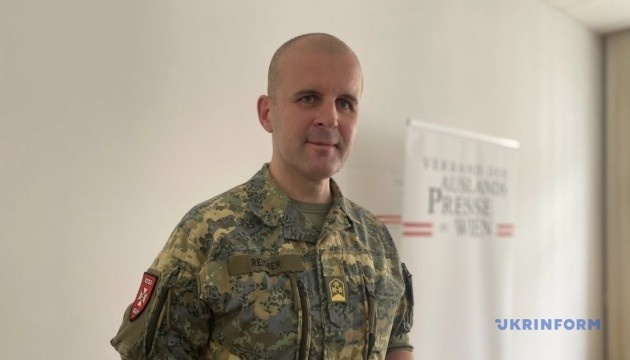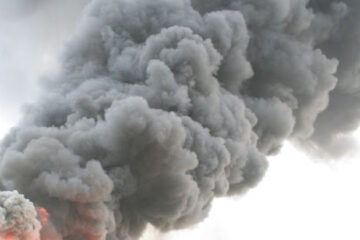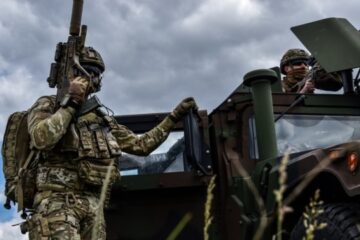
By May 9, in order to create the impression of success at the front, Russia may try to advance southwest of Pokrovsk in the direction of the Dnipro region, which is only a few kilometers away from the administrative border of the Russian-occupied areas.
This opinion was expressed in a comment to an Ukrinform correspondent by the head of the Institute for Officer Training at the Theresian Military Academy, Colonel Markus Reisner of the Austrian Armed Forces.
“At the moment, I am looking at the development of the situation on the frontline with a bit of an eye on May 9, the “Victory Day”, when Russia traditionally wants to demonstrate some “achievements”. I believe that Pokrovsk itself is now seen as a somewhat secondary area. The troops that were liberated in the Kursk direction are now regrouping, also taking into account Ukrainian actions in the Belgorod direction. It is likely that Russia will try to move west of Pokrovsk, as it is only about 4 km to the border with Dnipropetrovsk oblast. For the average citizen, including Russians, the real picture of the front is unclear, but if they read in a newspaper that Russian troops are already in the Dnipro region, it will have an informational impact,” the expert noted.
In his opinion, dominance in the information space is one of the key aspects of warfare.
According to the Austrian military expert, Russia holds the strategic initiative at the front, trying to put pressure on the Ukrainian Defense Forces in various parts of the broad front and forcing them to respond in certain places. At the same time, he noted Ukraine’s attempts to regain the initiative, such as in the case of the counteroffensive in the Kursk region. The Ukrainian offensive in Kursk region forced the Russians to deploy their elite military units, including unmanned aerial vehicles, which “led to a decrease in the intensity of the Russian offensive in Donbas,” Reisner said.
Noting the determination and resilience of the Ukrainian Defense Forces, which at the beginning of the full-scale invasion stopped the Russian advance using their own resources, including a large number of Soviet-made armored vehicles, the expert pointed out that the situation at the front remains very difficult. This is largely due to the fact that Western military assistance has been, in his words, “belated, fragmented, and often politically limited.”
Against the backdrop of this scattered and slow support for Ukraine from Europe, the expert noted the resource advantage of the Russian Federation, which was able to stabilize and increase military production, including through the support of its allies. He pointed out that “Russia is not fighting the war alone.” The DPRK has supplied millions of artillery shells, Iran has provided Moscow with not only thousands of drones but also technology, and China and India are actually financing the Russian war by purchasing resources on favorable terms.
“North Korea, a country that we believe is ruled by a madman, has supplied 3 million artillery shells twice in a row, last year and the year before. The Russians produced between 2.5 and 3 million artillery shells during the same period, which amounts to a total of 12 million artillery shells. What have we done during this time? We delivered 1.6 million to the Ukrainians last year and 1.3 million the year before that,” the Austrian colonel compared the allies’ assistance to Ukraine and Russia with shells.
According to him, although technically and economically Europe is capable of more, the main barrier is not industrial capacity, but political will, public perception and willingness to allocate significant funds.
As reported by Ukrinform, 158 combat clashes between the Ukrainian Defense Forces and Russian invaders were recorded at the front yesterday, April 13.
According to the Deep State map, the positions seized by the Russians southwest of Pokrovsk, whose assault the Ukrainian Defense Forces managed to thwart despite months of occupation efforts, are located approximately 5 kilometers from the administrative border of the Dnipro region.
Source: Russia may simulate successes on front line by May 9 – Austrian expert



